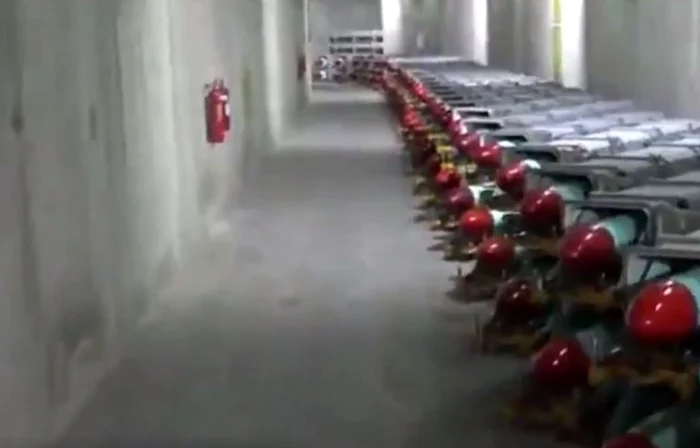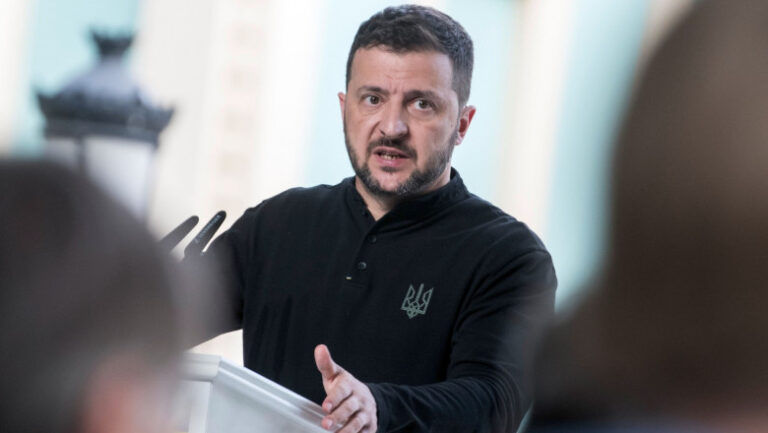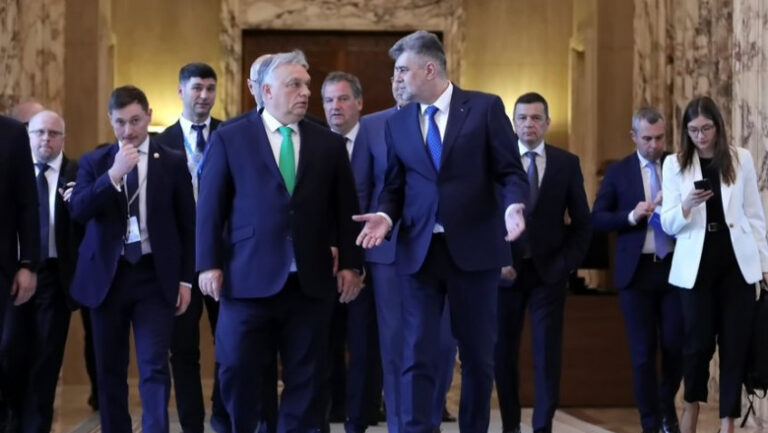
How Iranian Missiles are Changing Russia’s Military Strategy in Ukraine
As the war in Ukraine continues, the delivery of Iranian missiles to Russia is amplifying risks and complicating Ukraine’s strategic options. These cost-effective weapons enable Russia to maintain pressure on the frontline while preserving resources for more distant attacks, thereby deepening the challenges faced by Ukraine.
Growing Alliances and Diversifying Weapons Sources
The escalating partnerships between Russia, Iran, and North Korea indicate an alarming trend of diversifying weapons sources that could permanently shift the balance in this devastating war. The delivery of inexpensive Iranian missiles creates new alternatives for Russia. According to Timothy Wright, a missile technology expert at the International Institute for Strategic Studies (IISS), Russia is likely to focus on using them to hit tactical targets on the battlefield at close range.
New Iranian Missile Deliveries
Two European defense officials revealed in August that Iran is expected to deliver hundreds of short-range Fath-360 ballistic missiles and several Ababil medium-range ballistic missiles to Russia. The Pentagon confirmed the delivery of the Fath-360 missiles in September. While it’s unclear whether Russia has used any of these systems, the intent is presumably to use them to hit targets close to the front lines.
Preserving Russian Missiles
Iranian missiles allow Russia to conserve its long-range missiles for use across the battlefield. This enables Russia to focus on striking targets it has previously hit, such as civilian targets. Other potential targets for Russian missiles could be high-value Ukrainian systems behind the front lines. The use of Iranian short-range missiles can spare Russia’s longer-range Iskander missiles for additional strikes deep inside Ukraine.
Russia’s Deepening Ties with Iran
Since its invasion of Ukraine in February 2022, Russia has significantly deepened its ties with Iran and North Korea, from which it has also received tactical missiles. These new missile purchases from Iran are a continuation of this trend, helping Russia acquire additional weaponry and allowing Iran to support a country that opposes the West.
Impact on Ukraine
The delivery of Iranian missiles to Russia deepens the threat to Ukraine. The use of an overwhelming number of substandard equipment and poorly trained soldiers to try to deplete Ukrainian forces aligns with Russia’s tactics. In response, Ukraine has asked its allies for more missiles and air defense systems to hit Russian targets and protect its critical systems and infrastructure.
The Future of Aid to Ukraine
The re-election of former President Donald Trump calls into question how much aid Ukraine may receive from the West in the future. While Ukraine’s allies have so far provided it with only “small quantities” of missiles, a possible change in US policy could seriously affect the balance of power in the conflict with Russia.



